World News
On NATO’s Arctic front line, watching Russia’s nuclear threat on November 16, 2023 at 11:00 am
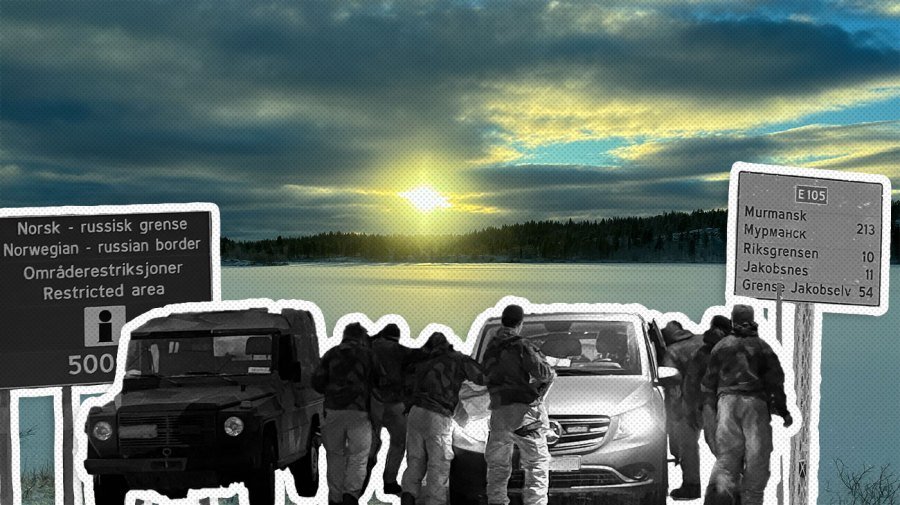
KIRKENES, Norway — The Russian city of Nikel is a ghost town.
Norwegian border guards, from their observation tower a few miles away, peer over into the former factory city, which has seen its decline accelerated by Russia’s war on Ukraine.
They are the eyes and ears of NATO’s northern front line, across from Russia’s naval nuclear weapons base on the Kola peninsula, hundreds of miles above the Arctic Circle.
“This is where Norway starts, this is where NATO starts,” said Lt. Col. Michael Rozmara, a commander in Norway’s border guards, speaking at the Garrison of Sør-Varanger in this tiny Arctic city at the northeastern edge of the Scandinavian state.
Norway’s border force is made of ruddy-cheeked, teenage conscripts — men and women — trained to survive the punishing physical and mental strain of the freezing, snow-covered and dark environs, where the sun barely crosses the horizon in the hardest days of the winter.
A small team of conscripts lives at the observation tower overlooking Nikel for stretches of three weeks, watching and patrolling a border they describe as having stayed relatively quiet since Russia launched its full-scale invasion of Ukraine in February 2022.
That’s despite plenty of saber-rattling from Russian President Vladimir Putin, who has repeatedly suggested red lines in his war against Ukraine and has often referenced the country’s massive nuclear stockpile.
This area also garnered global attention in January, when a fighter with the Russian private mercenary group Wagner slipped past Russia’s border patrols, seeking asylum in Norway.
But such a case was an exception, with Russia exercising tight security on its side of the border and against deserters.
Norway has been transformed by Russia’s war in Ukraine, shifting public opinion about relations with Russia and its potential threat and leading governments to boost security spending.
A founding member of NATO in 1949, Norway is undergoing a massive reworking of its security posture after what officials acknowledge was years of complacency toward external threats and naivete about Moscow.
“It might be hard to understand how deep the peace has been in Norway … we literally felt that nothing could go wrong for generations,” Norway Deputy Minister of Defense Anne Marie Aanerud said in a briefing with a U.S. delegation of government, congressional staff and think tank representatives in early November.
“And then all of a sudden Ukraine, and the invasion happened, and I think that opened up this box of new possibilities that most Norwegians never thought was possible, that altered security perception in the population.”
However, Norway had already encountered Russia’s “gray zone” tactics close to home.
Perhaps the most high-profile harassment was a 2015 border crisis — when Russia facilitated an influx of Middle Eastern migrants to the border with Norway. That came after Oslo joined with other countries, including the U.S., in condemning Moscow’s invasion of Ukraine’s east and annexation of the Crimean peninsula.
Norwegian security officials also describe Russian electronic jamming and careless trolling on the seabed floor that damages internet cables and energy pipes.
There have also been manufactured diplomatic crises. Last month, the Russian Foreign Ministry summoned the Norwegian ambassador to Moscow in protest after the Russian console picked a fight with the mayor of Kirkenes over a Soviet monument in the tiny city.
Norway has historically sought to manage a careful balance with Russia, with Oslo holding back its military activities on the border as a gesture of reassurance that NATO’s Arctic member could never be used as a launchpad of attack.
Lt. Col. Rozmara said the Norwegian troops in the area are equipped with Javelins, but Oslo has held back from dispatching heavily armored vehicles to the border.
But Russia’s full-scale invasion of Ukraine was a watershed moment, and officials say they now recognize the need to scale up their national defense. But politicians and the public are still cautious about becoming too militarized.
A view of Kirkenes at dawn. (Laura Kelly)
For the U.S., Norway is a critical defense partner, with its vast coast facing the Norwegian and Barents Sea and its shared northern border with Russia.
Oslo can raise early alarm about menacing Russian activity in the Arctic — keeping an eye on Russia’s nuclear-armed Northern Fleet, watching the training of its forces from their base in the Russian city of Murmansk and maintaining direct, if strained, lines of communication between the Russian military and diplomatic officials.
Norway also brings the benefits of an estimated $1.4 trillion sovereign wealth fund bloated by oil and gas revenues, as well as its potential as a critical mineral supplier.
And it’s been a staunch supporter of Ukraine on the ground, earlier this year committing $7 billion over five years — half to military support and half to humanitarian aid. Norway is one of a few countries that has pledged F-16 fighter jets to Ukraine and offered training for its pilots.
American officials praised Oslo’s support package at the time, and they hope it will encourage other countries to similarly make long-term commitments.
In Washington, the Biden administration is now fighting an uphill battle to move through Congress a one-year military and economic supplemental package, which includes $60 billion for Ukraine.
And while Norway for 74 years held the distinction of being NATO’s only northern land border with Russia, Finland’s accession to the alliance — and Sweden’s upcoming membership — has changed the paradigm.
Russia is in a weaker position compared to an expanded NATO, but shoring up security cooperation between the Scandinavian countries is still a major undertaking. Especially as Moscow looks for opportunities to probe gaps and sow chaos.
“We see a Russia that is of course conventionally weakened because of great losses in Ukraine. But those losses are mainly on the land side. Their maritime and air capabilities are intact and so are their strategic capabilities,” Aanerud, the deputy defense minister, said.
“We have repeatedly seen very dangerous nuclear rhetoric coming out of the Kremlin over the past one and a half years, which is a symptom that a conventionally weakened Russia is leaning more heavily on its strategic capabilities. And some of those strategic capabilities are situated right next to the Norwegian border on the Kola peninsula.”
Between August and September, Russia carried out a provocative naval exercise that Aanerud described as practice for isolating the Scandinavian peninsula.
Norway will answer Russia with a massive military exercise in March called “Nordic Response,” taking place across land, air and sea in Norway, Sweden and Finland, with 20,000 troops from 14 countries.
The exercise is aimed at gaming out critical questions of how the Scandinavian countries will work together in the event of a conflict. How will they take out Russian installations? How will they attack Russian forces? And how deep will these NATO members be able to strike into Russia?
But even while Norway bolsters its military, it isn’t giving up on a careful detente with Russia — so-called self-imposed Norwegian restraint — creating some societal tension between those with a sentimental sense of safety, and a national security establishment anxious to bolster its defenses.
The policy of restraint, developed as part of Norway’s joining of NATO, is meant to reassure Russia that the country could never be used as a base of attack against the then-Soviet Union.
Some of the practical aspects of that policy include that Norway does not allow foreign forces to establish military bases in the country, does not hold nuclear weapons, avoids heavy militarization of its border, and imposes restrictions on its surveillance of Russia.
“This is a quite vivid part of the political debate in Norway,” said Kari Elisabeth Kaski, a Norwegian parliamentarian from the Socialist Left Party, originally from Kirkenes and a substitute member of the Delegation to the NATO Parliamentary Assembly.
“I think that we should see how that plays out in NATO. But I think it’s important for Norway to still be a voice for trying to have the conflict as low as possible in this part of NATO, and still play that role that we have been, the eyes and the ears, but also to try and keep the conflict low.”
Soldiers of the Norway Army take part in the NATO military exercise ‘Iron Wolf 2022-II’ at a training range in Pabrade, north of the capital Vilnius, Lithuania on Wednesday, Oct. 26, 2022. (AP Photo/Mindaugas Kulbis)
On the other side of the debate, Janne Haaland Matlary, professor of International Politics at the University of Oslo, described the Norwegian government’s position as “so timid,” and based on a perception that the U.S. will be there to defend Norway in a crisis.
“Cooperation will force us to be less careful,” she said, referring to the integration with Finland and Sweden. “Of course we want low tension in the high north — which makes eminent sense at times of low tension — but not, perhaps, if you want to establish a new normal. And the Russians have established a new abnormal.”
Back in Kirkenes, Norway’s armed forces are acutely aware of how quickly things can change.
One 20-something lance corporal who is nearing the end of his tour in Kirkenes, was one month into his service when his commander spread the news on Feb. 24 that Russia invaded, and a new ground war in Europe had started.
“The girls were crying, the boys were crying, we didn’t know who was at war,” he said, asking to speak anonymously. It took a couple hours for his commander to clarify that Russia had invaded Ukraine, and Norway was still at peace, for the time being.
But that experience left a deep impression on the Nordic soldier, who recounted the story to the group stationed at the border tower. I remark to the group that war is a terrible thing.
“War is hell,” one of the conscripts responds.
The writer was a participant on a study-tour of Norway organized by the Atlantic Council, a Washington-based think tank, and funded by the Norwegian government.
KIRKENES, Norway — The Russian city of Nikel is a ghost town. Norwegian border guards, from their observation tower a few miles away, peer over into the former factory city, which has seen its decline accelerated by Russia’s war on Ukraine. They are the eyes and ears of NATO’s northern front line, across from Russia’s…
Politics
Will Kim Ju Ae Become North Korea’s First Female Leader?
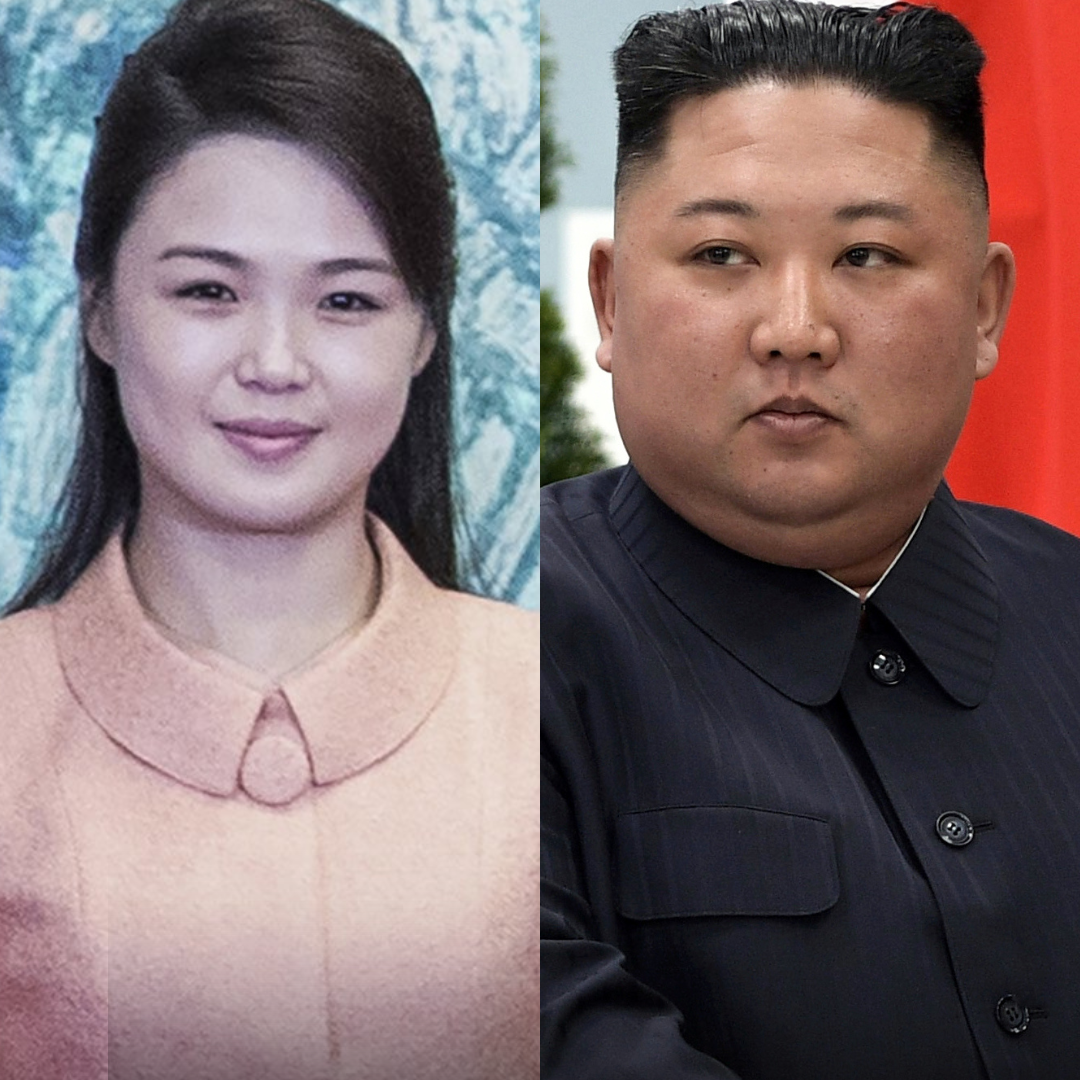
A New Face of Power in Pyongyang
In a country defined by secrecy and dynastic rule, the recent emergence of Kim Ju Ae—the daughter of North Korean leader Kim Jong Un—on the national and international stage has sparked intense speculation about the future of the world’s most isolated regime. For the first time since North Korea’s founding in 1948, the possibility of a female leader is being openly discussed, as state media and public ceremonies increasingly feature the teenage girl at her father’s side.
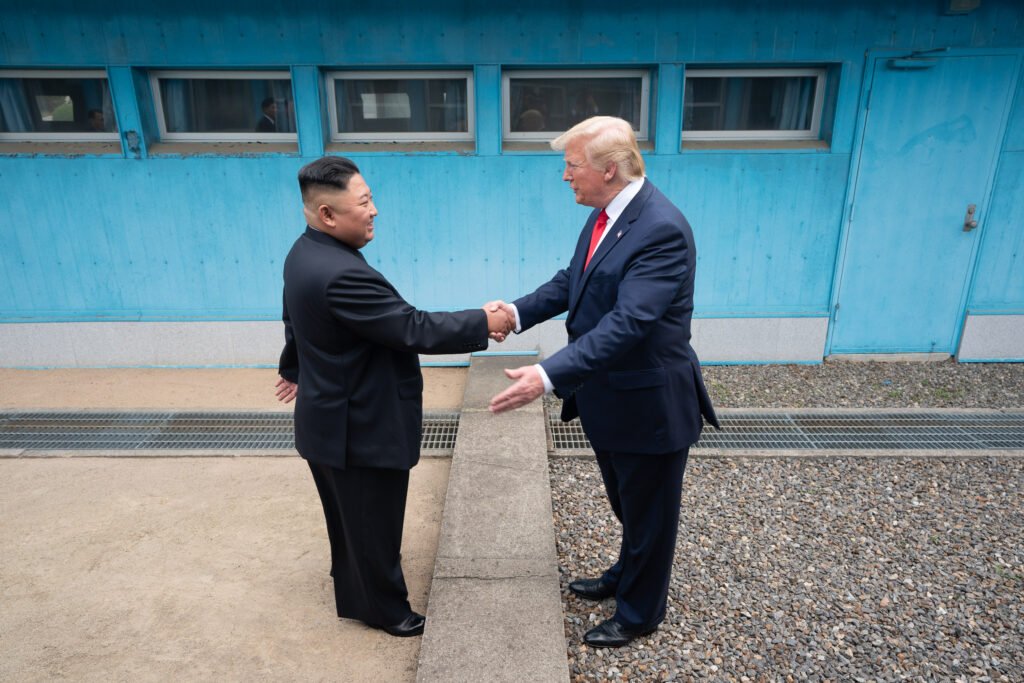
Kim Ju Ae’s Rise to Prominence
Kim Ju Ae, believed to be around 12 or 13 years old, first came to the world’s attention in 2013 when former NBA star Dennis Rodman revealed he had held Kim Jong Un’s daughter during a visit to Pyongyang. However, she remained out of the public eye until November 2022, when she appeared beside her father at the launch of an intercontinental ballistic missile—a powerful symbol in North Korean propaganda.

Since then, Ju Ae has become a regular fixture at high-profile events, from military parades and weapons launches to the grand opening of a water park and the unveiling of new naval ships. Her repeated appearances are unprecedented for a member of the Kim family so young, especially a girl, and have led South Korean intelligence officials to suggest she is being groomed as her father’s successor.
The Power of Propaganda
North Korea’s state media has shifted its language regarding Ju Ae, referring to her as “beloved” and, more recently, “respected”—a term previously reserved for the nation’s highest dignitaries. Analysts believe this is part of a carefully orchestrated campaign to build her public profile and legitimize her as a future leader, signaling continuity and stability for the regime.
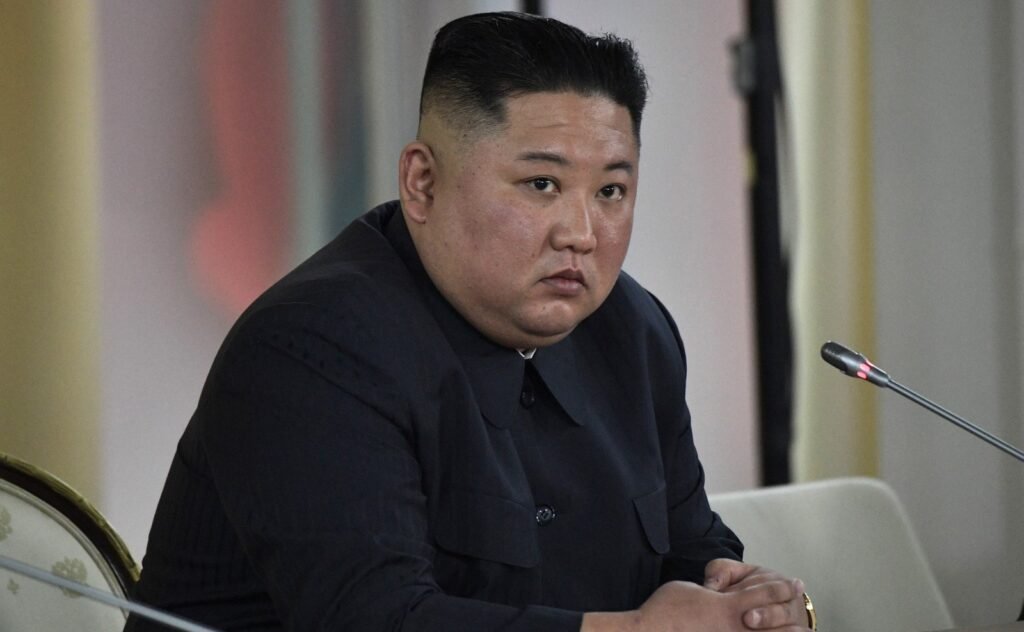
Presenting Ju Ae as the face of the next generation serves several purposes:
- Demonstrating dynastic continuity: By showcasing his daughter, Kim Jong Un assures elites and the public that the Kim family’s grip on power will persist.
- Minimizing internal threats: A young female successor is less likely to attract rival factions or pose an immediate threat to the current leadership.
- Projecting a modern image: Her presence at both military and civilian events signals adaptability and a potential shift in North Korea’s traditionally patriarchal leadership structure.

Breaking with Tradition?
If Ju Ae is indeed being positioned as the next leader, it would mark a historic break from North Korea’s deeply patriarchal system. The country has never had a female ruler, and its military and political elite remain overwhelmingly male. However, her growing public profile and the respect shown to her by senior officials suggest that the regime is preparing the nation for the possibility of her ascension.
The only other woman with significant visibility and influence in the regime is Kim Yo Jong, Kim Jong Un’s younger sister, who has become a powerful figure in her own right, especially in matters of propaganda and foreign policy.
A Nation Divided, a Dynasty Endures
While the Kim family’s hold on North Korea appears unshakable, the country remains divided from South Korea by a heavily militarized border. Many families have been separated for generations, with little hope for reunification in the near future. As the Kim dynasty prepares its next generation for leadership, the longing for family reunions and peace persists on both sides of the border.
The Road Ahead
Kim Ju Ae’s future remains shrouded in mystery, much like the country she may one day lead. Her carefully managed public appearances, the reverence shown by state media, and her father’s apparent efforts to secure her place in the succession line all point to a regime intent on preserving its legacy while adapting to new realities. Whether North Korea is truly ready for its first female leader is uncertain, but the groundwork is clearly being laid for a new chapter in the Kim dynasty.
Business
Pros and Cons of the Big Beautiful Bill

The “Big Beautiful Bill” (officially the One Big Beautiful Bill Act) is a sweeping tax and spending package passed in July 2025. It makes permanent many Trump-era tax cuts, introduces new tax breaks for working Americans, and enacts deep cuts to federal safety-net programs. The bill also increases spending on border security and defense, while rolling back clean energy incentives and tightening requirements for social programs.

Pros
1. Tax Relief for Middle and Working-Class Families
- Makes the 2017 Trump tax cuts permanent, preventing a scheduled tax hike for many Americans.
- Introduces new tax breaks: no federal income tax on tips and overtime pay (for incomes under $150,000, with limits).
- Doubles the Child Tax Credit to $2,500 per child through 2028.
- Temporarily raises the SALT (state and local tax) deduction cap to $40,000.
- Creates “Trump Accounts”: tax-exempt savings accounts for newborns.
2. Support for Small Businesses and Economic Growth
- Makes the small business deduction permanent, supporting Main Street businesses.
- Expands expensing for investment in short-lived assets and domestic R&D, which is considered pro-growth.
3. Increased Spending on Security and Infrastructure
- Allocates $175 billion for border security and $160 billion for defense, the highest peacetime military budget in U.S. history.
- Provides $12.5 billion for air traffic control modernization.
4. Simplification and Fairness in the Tax Code
- Expands the Earned Income Tax Credit (EITC) and raises marginal rates on individuals earning over $400,000.
- Closes various deductions and loopholes, especially those benefiting private equity and multinational corporations.

Cons
1. Deep Cuts to Social Safety Net Programs
- Cuts Medicaid by approximately $930 billion and imposes new work requirements, which could leave millions without health insurance.
- Tightens eligibility and work requirements for SNAP (food assistance), potentially removing benefits from many low-income families.
- Rolls back student loan forgiveness and repeals Biden-era subsidies.
2. Increases the Federal Deficit
- The bill is projected to add $3.3–4 trillion to the federal deficit over 10 years.
- Critics argue that the combination of tax cuts and increased spending is fiscally irresponsible.
3. Benefits Skewed Toward the Wealthy
- The largest income gains go to affluent Americans, with top earners seeing significant after-tax increases.
- Critics describe the bill as the largest upward transfer of wealth in recent U.S. history.
4. Rollback of Clean Energy and Climate Incentives
- Eliminates tax credits for electric vehicles and solar energy by the end of 2025.
- Imposes stricter requirements for renewable energy developers, which could lead to job losses and higher electricity costs.

5. Potential Harm to Healthcare and Rural Hospitals
- Reduces funding for hospitals serving Medicaid recipients, increasing uncompensated care costs and threatening rural healthcare access.
- Tightens verification for federal premium subsidies under the Affordable Care Act, risking coverage for some middle-income Americans.
6. Public and Political Backlash
- The bill is unpopular in public polls and is seen as a political risk for its supporters.
- Critics warn it will widen the gap between rich and poor and reverse progress on alternative energy and healthcare.
Summary Table
| Pros | Cons |
|---|---|
| Permanent middle-class tax cuts | Deep Medicaid and SNAP cuts |
| No tax on tips/overtime for most workers | Millions may lose health insurance |
| Doubled Child Tax Credit | Adds $3.3–4T to deficit |
| Small business support | Benefits skewed to wealthy |
| Increased border/defense spending | Clean energy incentives eliminated |
| Simplifies some tax provisions | Threatens rural hospitals |
| Public backlash, political risk |
In summary:
The Big Beautiful Bill delivers significant tax relief and new benefits for many working and middle-class Americans, but it does so at the cost of deep cuts to social programs, a higher federal deficit, and reduced support for clean energy and healthcare. The bill is highly polarizing, with supporters touting its pro-growth and pro-family provisions, while critics warn of increased inequality and harm to vulnerable populations.
Business
Trump Threatens to ‘Take a Look’ at Deporting Elon Musk Amid Explosive Feud

The escalating conflict between President Donald Trump and Elon Musk reached a new peak this week, as Trump publicly suggested he would consider deporting the billionaire entrepreneur in response to Musk’s fierce criticism of the president’s signature tax and spending bill.
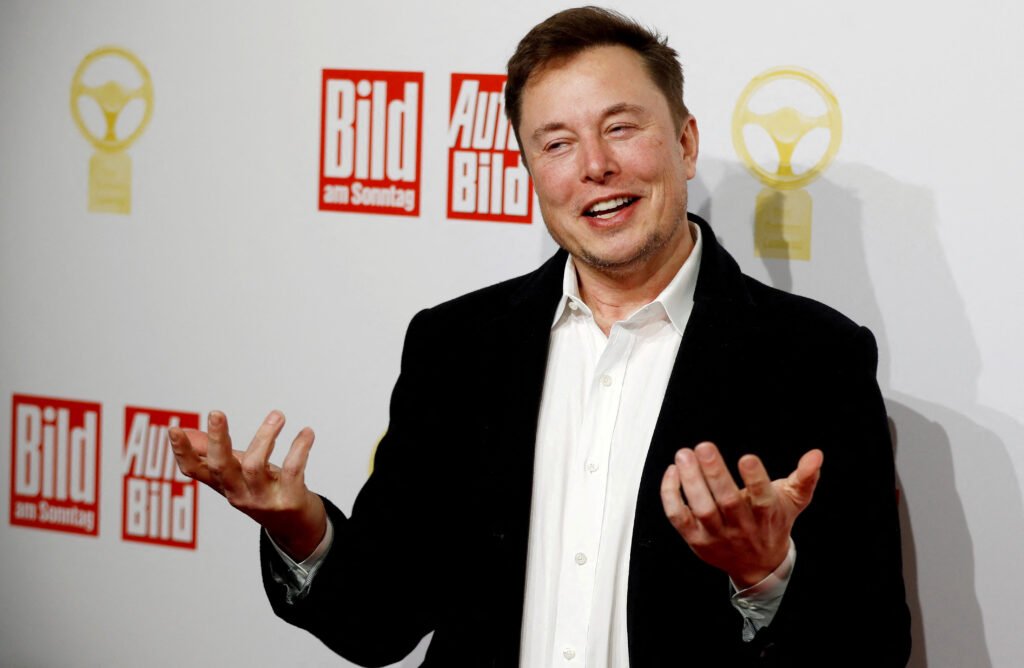
“I don’t know, we’ll have to take a look,” Trump told reporters on Tuesday when asked directly if he would deport Musk, who was born in South Africa but has been a U.S. citizen since 2002.
This threat followed a late-night post on Trump’s Truth Social platform, where he accused Musk of being the largest recipient of government subsidies in U.S. history. Trump claimed that without these supports, Musk “would likely have to shut down operations and return to South Africa,” and that ending such subsidies would mean “no more rocket launches, satellites, or electric vehicle production, and our nation would save a FORTUNE”.
Trump also invoked the Department of Government Efficiency (DOGE)—a federal agency Musk previously led—as a potential tool to scrutinize Musk’s companies. “We might have to put DOGE on Elon. You know what DOGE is? The DOGE is the monster that might have to go back and eat Elon,” Trump remarked, further intensifying the feud.
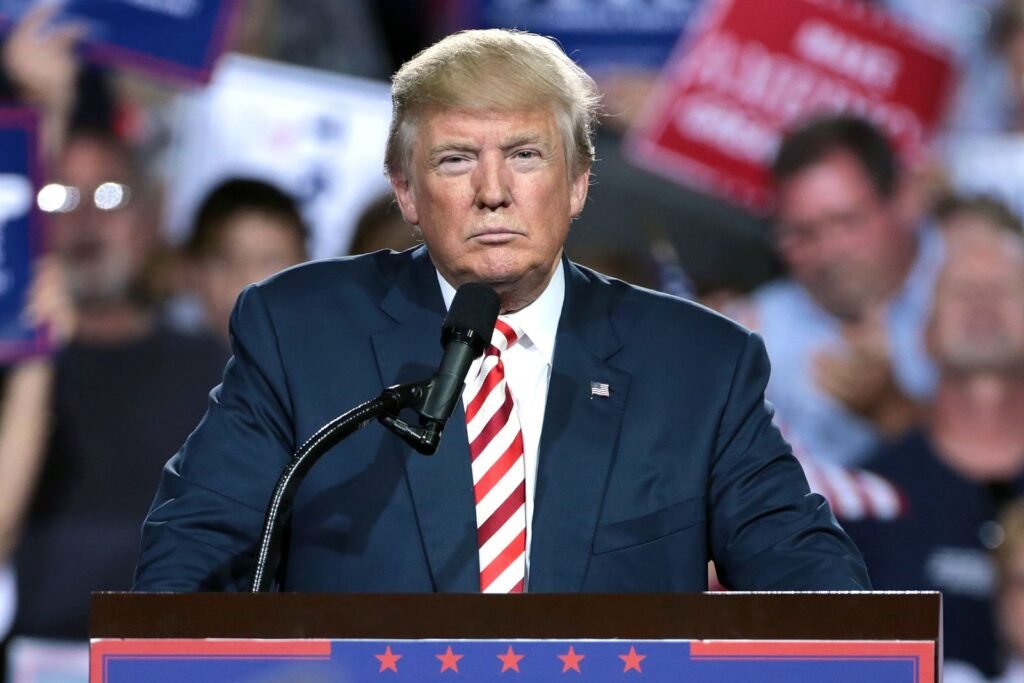
Background to the Feud
The rupture comes after Musk’s repeated attacks on Trump’s so-called “Big, Beautiful Bill,” a comprehensive spending and tax reform proposal that Musk has labeled a “disgusting abomination” and a threat to the nation’s fiscal health. Musk, once a Trump ally who contributed heavily to his election campaign and served as a government advisor, has called for the formation of a new political party, claiming the bill exposes the need for an alternative to the current two-party system.
In response, Trump’s allies have amplified questions about Musk’s citizenship and immigration history, with some suggesting an investigation into his naturalization process. However, legal experts note that deporting a naturalized U.S. citizen like Musk would be extremely difficult. The only path would involve denaturalization—a rare and complex legal process requiring proof of intentional fraud during the citizenship application, a standard typically reserved for the most egregious cases.
Political Fallout
Musk’s criticism has rattled some Republican lawmakers, who fear the feud could undermine their party’s unity ahead of the 2026 midterm elections. Meanwhile, Musk has doubled down on his opposition, warning he will support primary challengers against Republicans who back Trump’s bill.
Key Points:
- Trump has publicly threatened to “take a look” at deporting Elon Musk in retaliation for Musk’s opposition to his legislative agenda.
- Legal experts say actual deportation is highly unlikely due to the stringent requirements for denaturalizing a U.S. citizen.
- The feud marks a dramatic reversal from the pair’s earlier alliance, with both men now trading barbs over social media and in public statements.
As the dispute continues, it has become a flashpoint in the broader debate over government spending, corporate subsidies, and political loyalty at the highest levels of American power.

 Business1 week ago
Business1 week agoPros and Cons of the Big Beautiful Bill

 Advice2 weeks ago
Advice2 weeks agoWhat SXSW 2025 Filmmakers Want Every New Director to Know

 Film Industry3 weeks ago
Film Industry3 weeks agoFilming Yourself and Look Cinematic

 News2 weeks ago
News2 weeks agoFather Leaps Overboard to Save Daughter on Disney Dream Cruise

 Politics4 weeks ago
Politics4 weeks agoBolanle Newsroom Brief: Israel Strikes Iran’s Nuclear Sites — What It Means for the World

 Health2 weeks ago
Health2 weeks agoMcCullough Alleges Government Hid COVID Vaccine Side Effects

 Advice2 weeks ago
Advice2 weeks agoWhy 20% of Us Are Always Late

 Advice2 weeks ago
Advice2 weeks agoHow to Find Your Voice as a Filmmaker





























